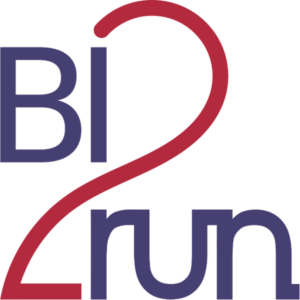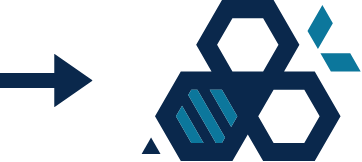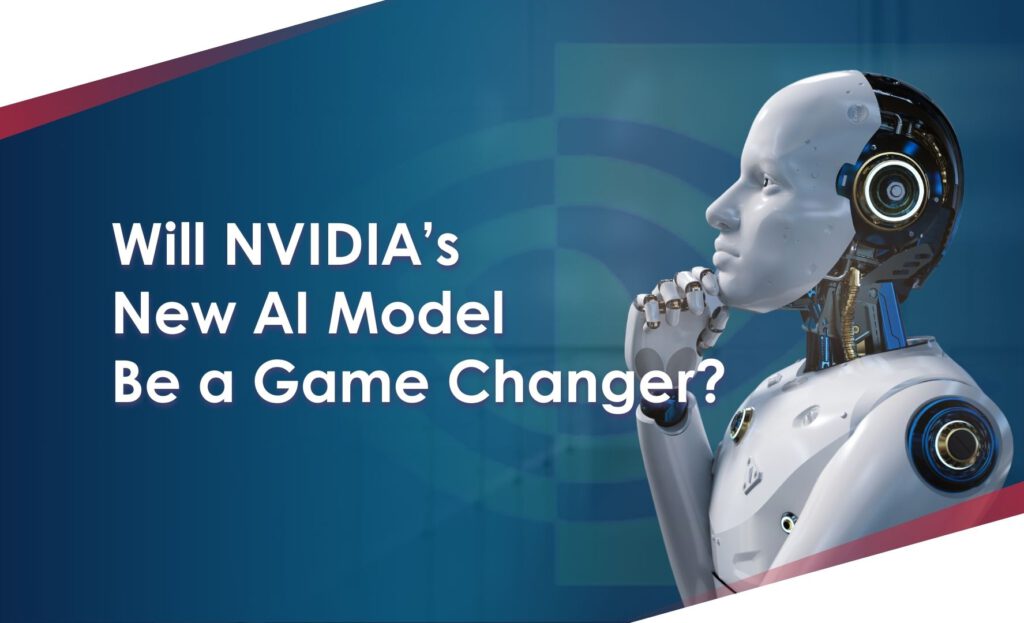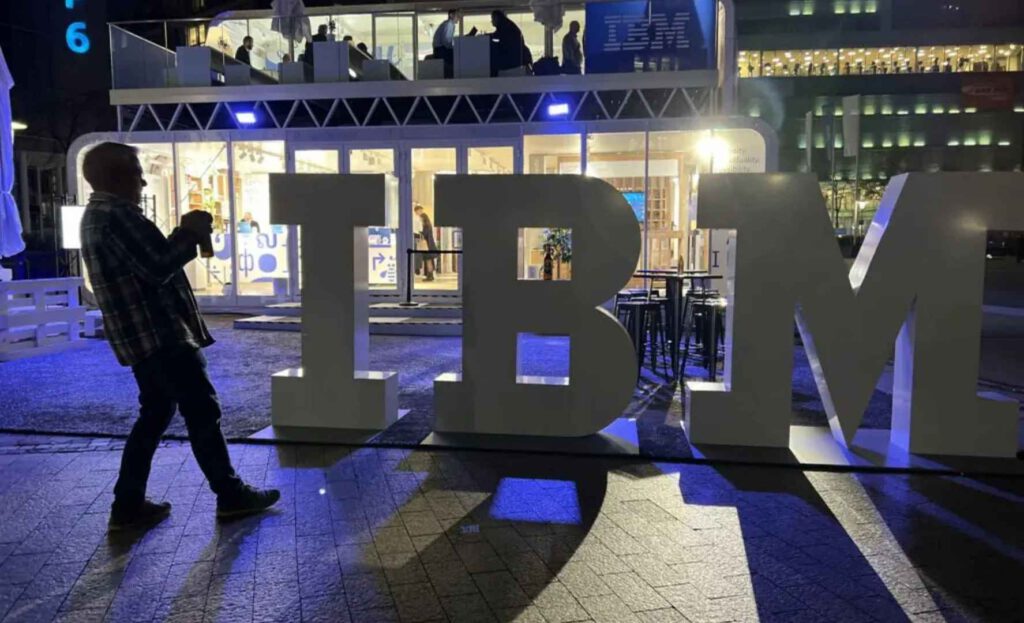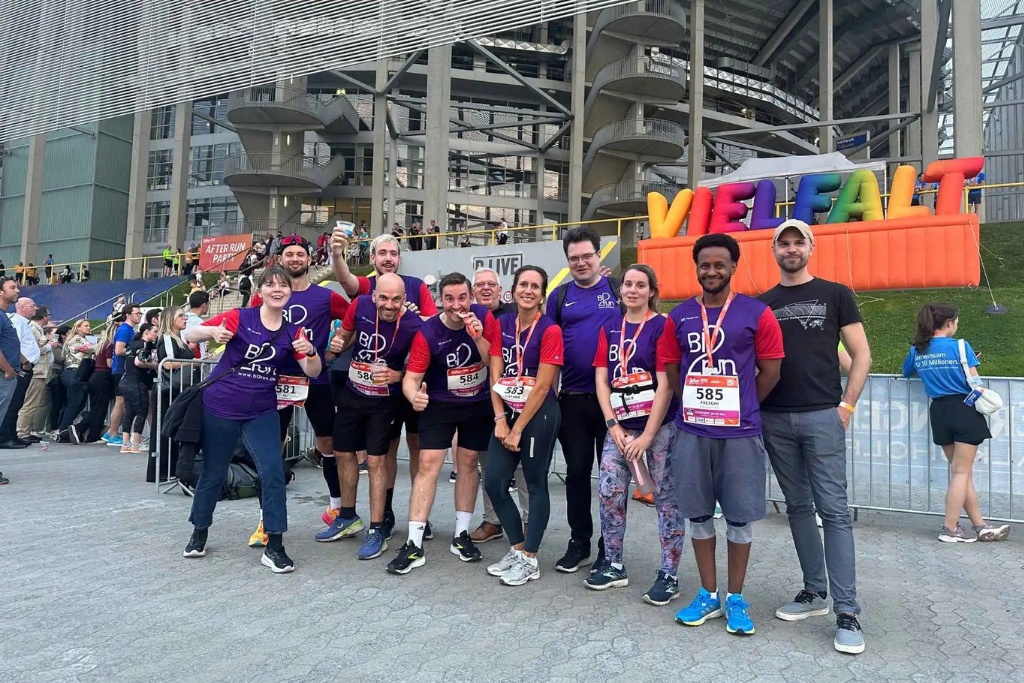Nvidia, previously known primarily for its graphics processing units (GPUs), has surprised the AI industry with a new Large Language Model, demonstrating its ambition to take a leading role in AI development far beyond hardware. The model, named ‘Llama-3.1-Nemotron-70B-Instruct,’ was unexpectedly released on the HuggingFace platform, outperforming OpenAI and Anthropic models in initial tests. Nvidia is thus developing from a pure hardware supplier into a serious competitor for established AI companies.
From GPU giant to AI pioneer
Until now, Nvidia’s GPUs were considered crucial for the AI revolution, as they enable parallel calculations for training generative models. Now Nvidia is showing that the company can also develop competitive language models. To do this, Nvidia has used the architecture of Meta’s open source model “Llama 3.1” and optimized it with “Reinforcement Learning from Human Feedback” (RLHF) to provide natural and contextual responses.
Key Advantages of Llama-3.1 Nemotron 70B-Instruct
The new NVIDIA model brings a range of notable advantages—here’s a summary of the highlights:
1. Enhanced Instruction Following and Improved Responsiveness
Designed to handle complex instructions with precision, this model combines advanced fine-tuning with NVIDIA-specific datasets. This approach allows Nemotron to respond more accurately and helpfully to user requirements, making it particularly effective for applications like virtual assistants and chatbots, where nuanced responses and in-depth understanding are essential.
2. Leading Performance in Benchmarks
Nemotron 70B stands out in rigorous testing and benchmarking, outperforming many popular closed models, including OpenAI’s GPT-4 and Anthropic’s Claude-3. It shines especially in the “Hard Arena” test—a challenging benchmark for complex tasks and user prompts—achieving impressive results. This performance makes it highly promising for demanding applications that require precision and sensitivity to context.
3. Advanced Reward Model
NVIDIA has equipped Nemotron with specialized reward mechanisms, such as the Bradley-Terry model and regression scoring, which evaluate responses based on relevance, coherence, and utility. These methodological enhancements lead to more human-like responses, improving content quality and depth. This makes Nemotron particularly well-suited for tasks requiring a deep grasp of context and precise content delivery.
4. Scalability and Integration Options
Llama-3.1 Nemotron 70B is optimized for seamless scaling on NVIDIA’s NeMo platform. Its multi-node and multi-GPU scalability accelerate processing, allowing it to handle large datasets more efficiently. Developers benefit as well: integration with platforms like Hugging Face enables Nemotron to be deployed directly in text generation and chat applications, simplifying integration into existing systems and significantly expanding use cases.
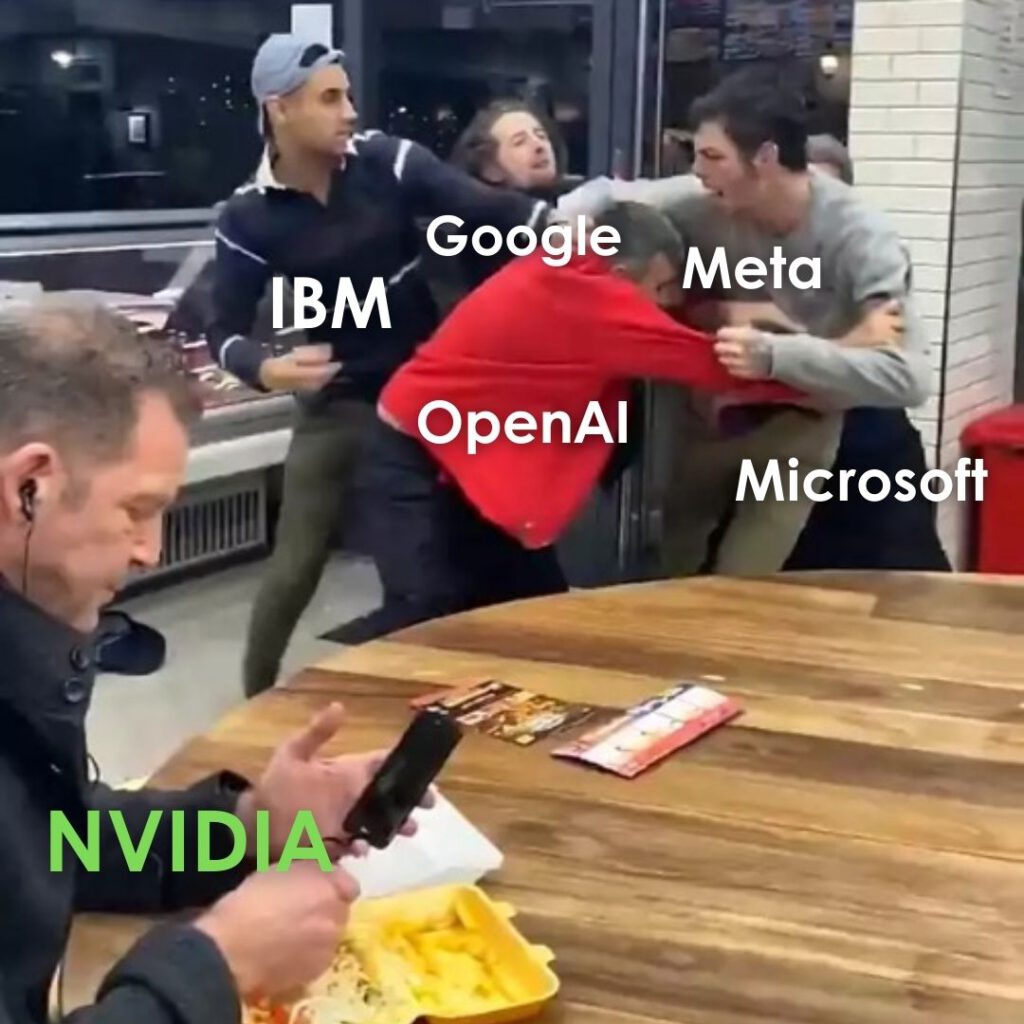
New perspectives for the AI landscape
The new models show how dynamic the AI market is, particularly through the integration of modern training methods such as reinforcement learning from human feedback (RLHF) and the use of open source architectures, which enable rapid innovation. Analyst Alan Priestley sees Nvidia’s model as an interesting alternative for companies that do not want to develop their own models. The accessibility of the model via HuggingFace or an interface makes it particularly attractive.
A turning point in the AI competition?
Nvidia’s strategic expansion could change the competition for advanced AI solutions. The close integration of hardware and software development enables highly efficient models. Andreas Horn from IBM sees the potential for other AI companies to acquire even more Nvidia GPUs to keep up.
The rapid release of new models shows Nvidia’s ambition to play a central role in AI development. Should Nvidia offer multimodal and text-based models, it could put pressure on Google, OpenAI and Meta to rethink their strategies.
Conclusion: Nvidia as a new player in the AI sector
With its new language model, Nvidia is showing that it is not just a hardware provider, but also a serious developer of generative AI systems. This could lead to new impetus and a realignment of the competition. For companies, this means a greater choice of AI solutions and more flexibility – Nvidia is ready to play a decisive role on this stage.
